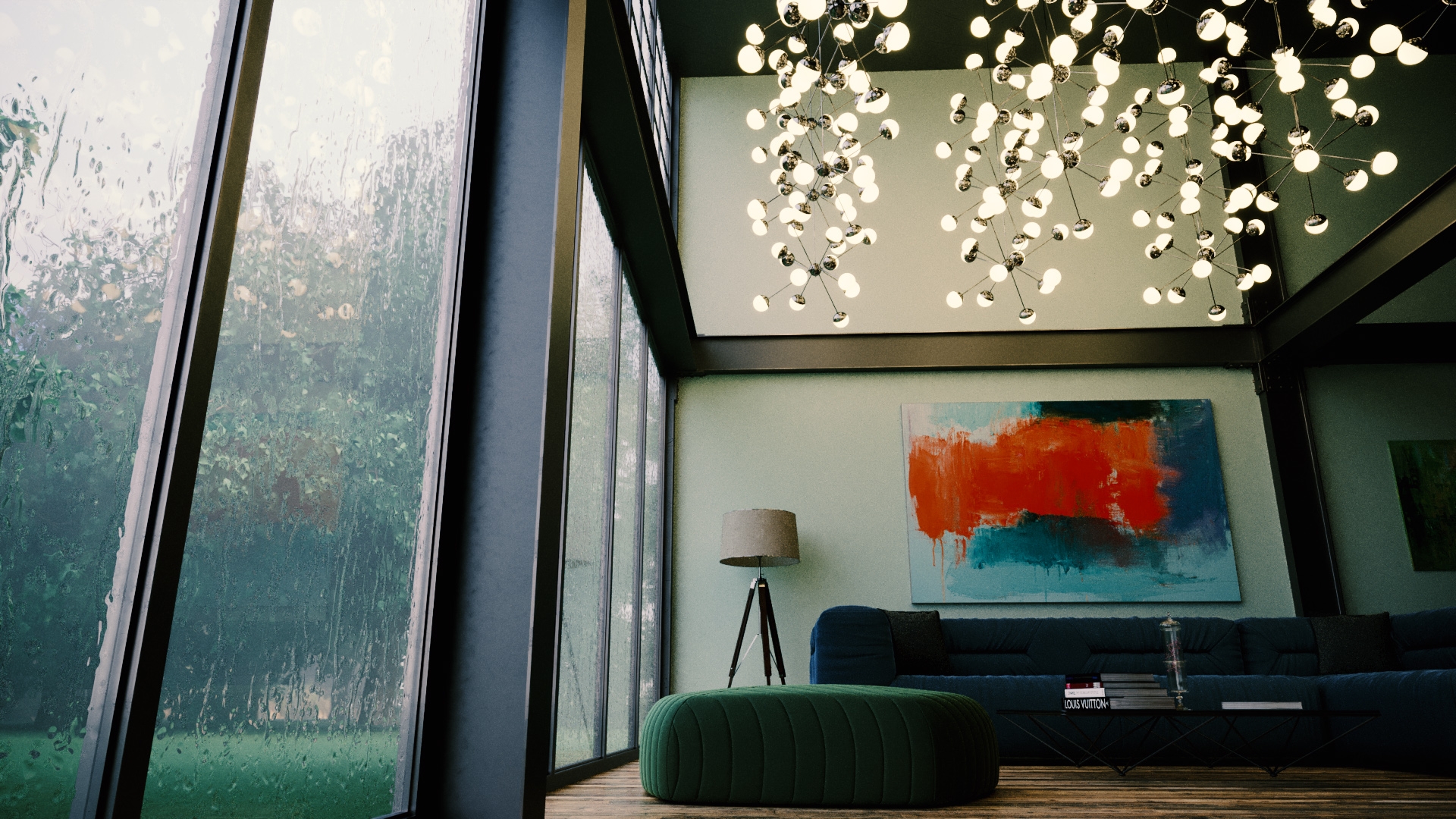-
Posts
1,002 -
Joined
-
Last visited
-
Days Won
22
Content Type
Profiles
Blogs
Forums
Gallery
Pipeline Tools
3D Wiki
Plugin List
Store
Downloads
Videos
Posts posted by EAlexander
-
-
Amazing!
That foam... So good.
0 -
4 hours ago, Scillara said:
I guess that learning 'all' about Photoshop/AE would be an overkill. So the question is: what do I need to know about them to refine Cinema renders? Which key should I use in the search for tutorials on the matter?
For example, in your first reply you said it was too dark: I believed it was ok since there was a fine contrast. How can I learn this detail? Are there any principles/guidelines?

Great work here - well done! Rather then just looking at tutorials (nothing against tutorials, I watch them all the time), but I would look at real world examples and also study traditional art and photography principles - composition, color theory, studio lighting. Really the best thing to do is practice and create a volume of work. Cars are very hard to light - have you looked at any reference materials? Find 5 car ads that you like and try to reproduce them - download a few free cars from Turbosquid and light and photograph them. Sometimes it's easier if it isn't your model since we tend to get emotionally attached to the things we create - it's hard to be "objective" when making camera and lighting choices.
Also - the physical renderer in Cinema is very good and capable, but it is lacking in real time feedback. This is where something like Octane or Redshft can really come into play - being able to light and build shaders in real time will help you get to better results faster. It also opens you up to experimentation where happy accidents can sometimes make the best images. One needn't spend a ton of money on 3rd party renderers or souped up multi GPU rigs. Corona is my preferred renderer which is actually CPU based, but offers a real time IPR for instant feedback. While it is in beta, it is currently free - so check it out.
Keep working at your 3D practice, but also look to other sources for education and inspiration.
e.
1 -
Nice! Keep going!
0 -
Great work as always!
0 -
I expect that some people will be thrilled and talk about how MAXON is the greatest company on the planet. I expect that some people will be disappointed and talk about how MAXON is the worst company on the planet.
1 -
Is this going to be the original or the Vitaly remake?
0 -
-
Fantastic! Looks great. The new Whitney is nice, but I miss that building. Nice work.
1 -
Nice modeling!
0 -
If you want to play with some Photogrammetry files - take a look at Sketchfab. There are a lot of meshes there for download that you can play with (non commercially). I've mixed photo scanned models with traditional modeled elements to get some cool stuff e.g. old buildings and insects).
0 -
Looking very nice. I think the carpet in the second shot is too smooth and perfect. Some more bump on that would help move the light a bit differently. Keep going - practice, practice, practice!
0 -
Take a look through:
https://secure.axyz-design.com/metropoly-3d-people
Don't know specifically about Footballers, but take a look.
e.
0 -
Can you not see the artist work on this site? Am I daft or do I need to register?
0 -
Modeling is looking great. Nice work!
0 -
So great. I'm a Corona advocate, but red shift trial is next for me. Beautiful work.
0 -
Keep looking at research. Take note of composition, contrast, it seems the nature around the castle is just as detailed and important as the building structure to get the right vibe. Golden lighting? What is the mood? If my research isn't the right vibe, then find the one that is and study it. Make a list of elements.
Keep going, you've got a good start here.
0 -
I've done this a few times - New York, not Flatiron. We found it best to buy a decent model on Turbosquid and then add in the custom needed buildings. The model was about $1200, but compared to the man hours of building something out, this seemed a fair trade. Search for FraP on Turbosquid - he/she sells Manhattan by district./zone. Lots of decent manhattans on there, but the quality of the textures varies greatly.
Also - you could start with this: https://www.turbosquid.com/3d-models/flatiron-building-3d-x/837761 and then model in more detail as needed.
CBR is right - best to think of it as stories and then clone them vertically. Good luck!
e.
0 -
I agree with the above. Manufactured items have no extraneous parts or pieces. Everything serves a simple function. I always tell my students the best way to get better at 3D modeling (besides logging lots of hours doing it) is to work on pencil sketching. There you can design and explore form in a way that your brain doesn't even have to think about e.g. you can draw without thinking about "how do I operate this pencil and paper". 3D software occupies a lot of your brain space while you are working. You can do both at the same time, but it takes a lot of practice.
http://www.ucreative.com/articles/the-importance-of-sketching-in-creating-a-successful-design-work/
Don't be afraid to mess up. Those "failures" are how you learn and improve. Just keep making stuff everyday.
0 -
I would add: Don't be afraid to try some practice techniques on simple shapes first. Designing a robot is a huge task and it's so easy to get overwhelmed or frustrated early. The polygon fundamentals are key to understanding the design process and yes, practice, practice, practice. So instead of a full mech - why not design something smaller like a med kit from a video game. When you are done with that, design another one. When you are done with that, try designing an external hard from the year 2086. Etc. Jumping right into a huge build is usually a Herculean task designed to fail. Vitaly Bulgarov didn't start with the GITS Major body first.
Also - even with precise and mechanical models, you still have to rough it in, get the proportions correct and then fine tune the details. I see too many people who want it to be perfect right from the beginning and get every nut and bolt and piston, etc in place right out of the gate - without looking at the overall scale and proportions of it. Think of it like clay, even though it is hard pixels - get the overall form going in the right direction, and then start to sculpt into it.
Here's one of my favorites for inspiration:
And the original piece:
Also like this series:
http://lesterbanks.com/2017/04/modeling-blast-doors-c4d/
e.
1 -
Excellent - now, on to Number 2. Keep going!
0 -
Amazing work! I love this style.
0 -
Thank you!
0 -
Looks like it is a 10 wait period. Is this necessary? (I'm not a spam bot, I swear).
0 -
How do we rely to a topic (right below our own reply) without them merging. I'm trying to break images into a few posts in the same thread, but they keep merging into one. Is it a time thing? Any way to overcome this?
0







Know a Whale
in Feedback
Posted
Every few days I come back and watch this again.